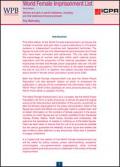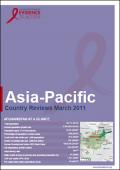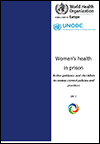Publications on Prisoners
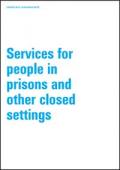
Resource | Publications,
The United Nations Office on Drugs and Crime (UNODC), the World Health Organization (WHO) and UNAIDS advocate for the implementation of evidence-based interventions that aim to ensure access to services for populations at higher risk. This includes a comprehensive programme for the prevention, treatment and care of HIV and TB among people in prisons and other closed settings.
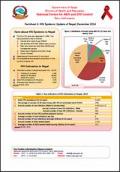
Resource | Fact Sheets,
-The first HIV case was detected in 1988. The key populations are as follows:
People who inject drugs (PWID)
Sex workers and their clients (Male and Female)
Men who have Sex with Men (MSM) and transgender people
Male Labor Migrants and their wives
Prison Inmates
- Heterosexual transmission is dominant
- HIV prevalence among adult population in the country is below 1%
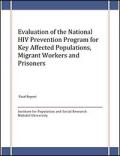
Resource | Publications,
The Institute for Population and Social Research (IPSR) of Mahidol University was selected by the National Committee for the Advancement of AIDS Prevention and the National AIDS Management Center (NAMc) to implement the Evaluation of the National HIV Prevention Program among Key Affected Populations and Prisoners in Thailand during 2010-2013.
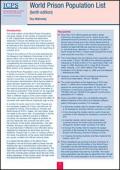
Resource | Fact Sheets,
This tenth edition of the World Prison Population List gives details of the number of prisoners held in 222 independent countries and dependent territories. It shows the differences in the level of imprisonment across the world and makes possible an estimate of the world prison population total.
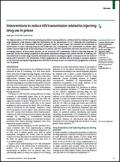
Resource | Reviews and Snapshots,
The high prevalence of HIV infection and drug dependence among prisoners, combined with the sharing of injecting drug equipment, make prisons a high-risk environment for the transmission of HIV. Ultimately, this contributes to HIV epidemics in the communities to which prisoners return on their release. We reviewed the eff ectiveness of interventions to reduce injecting drug use risk behaviours and, consequently, HIV transmission in prisons.

Prevention of Spread of HIV amongst Vulnerable Groups in South Asia: Our work in South Asian Prisons
Resource | Publications,
Everywhere in the world, rates of HIV-infection among prison populations are generally much higher than in the general population. Drug use in general, and injecting drug use in particular, as well as violence and the practice of men having sex with men are widespread in prisons.






